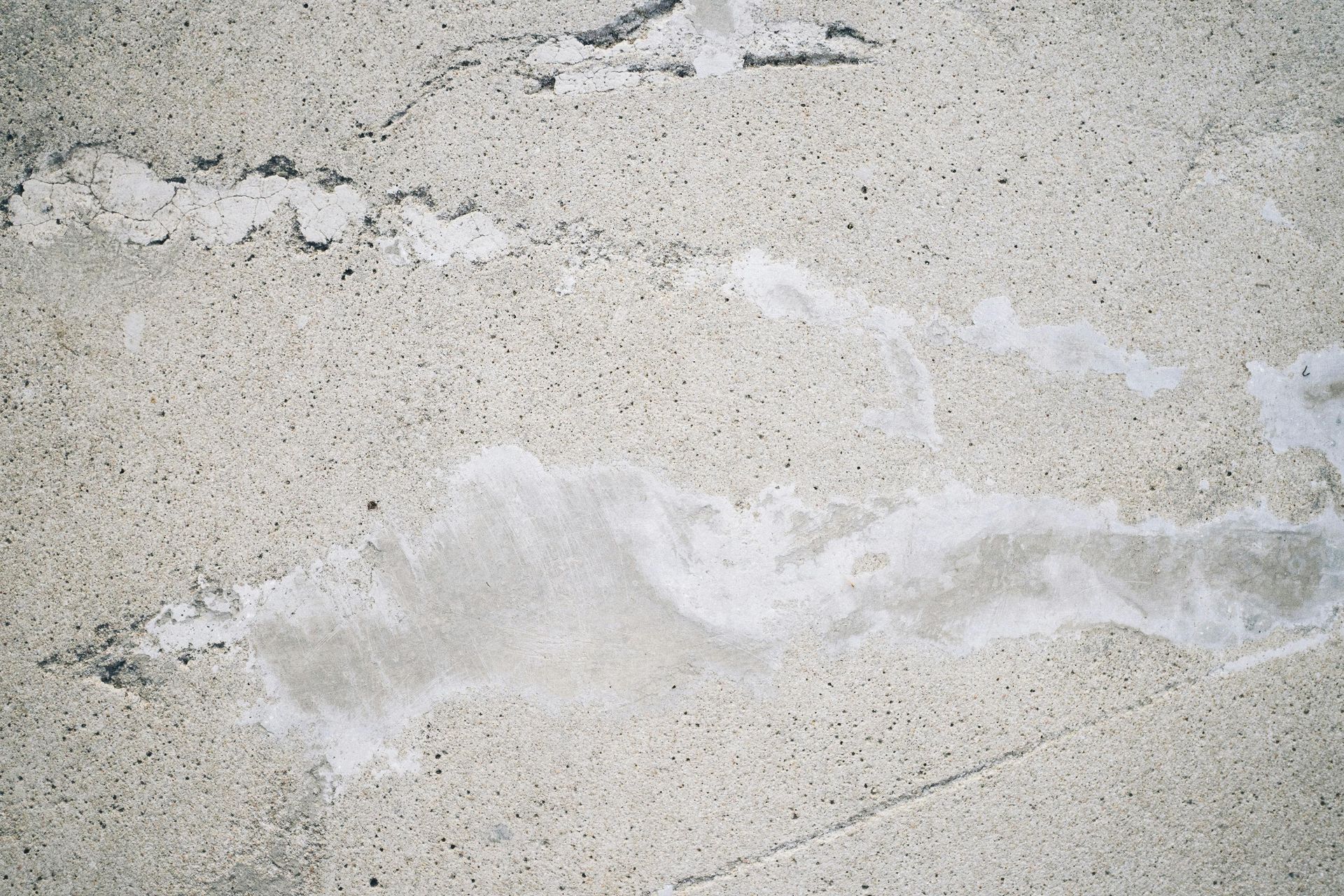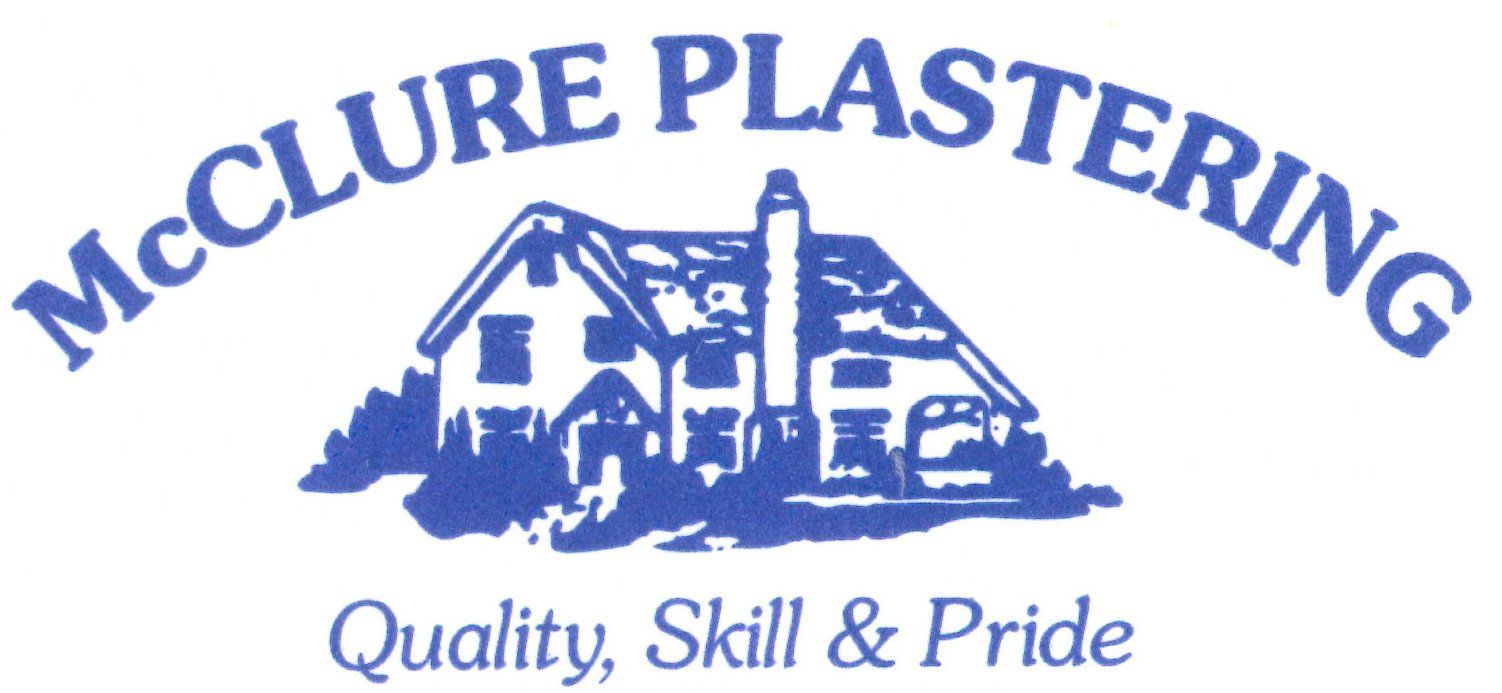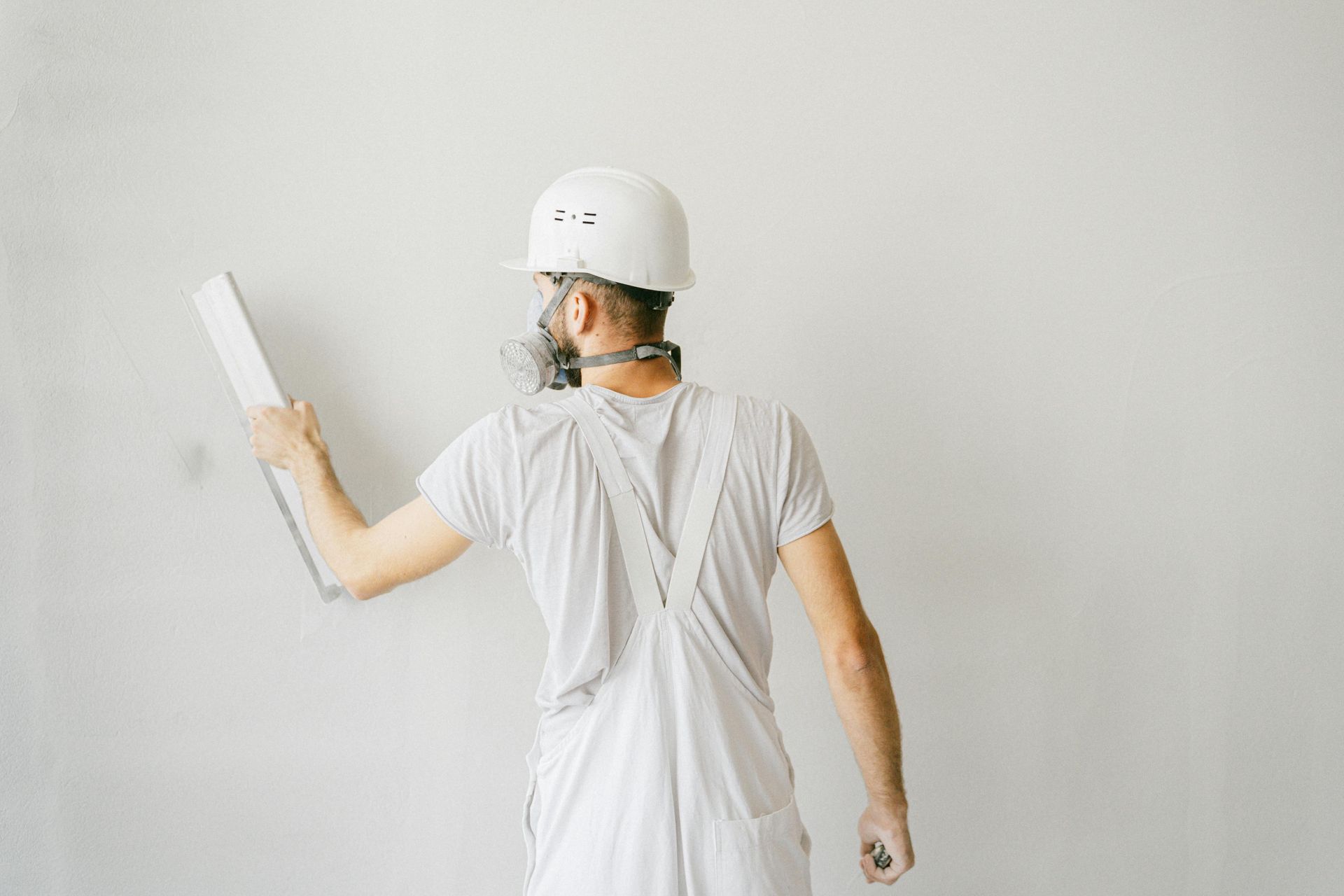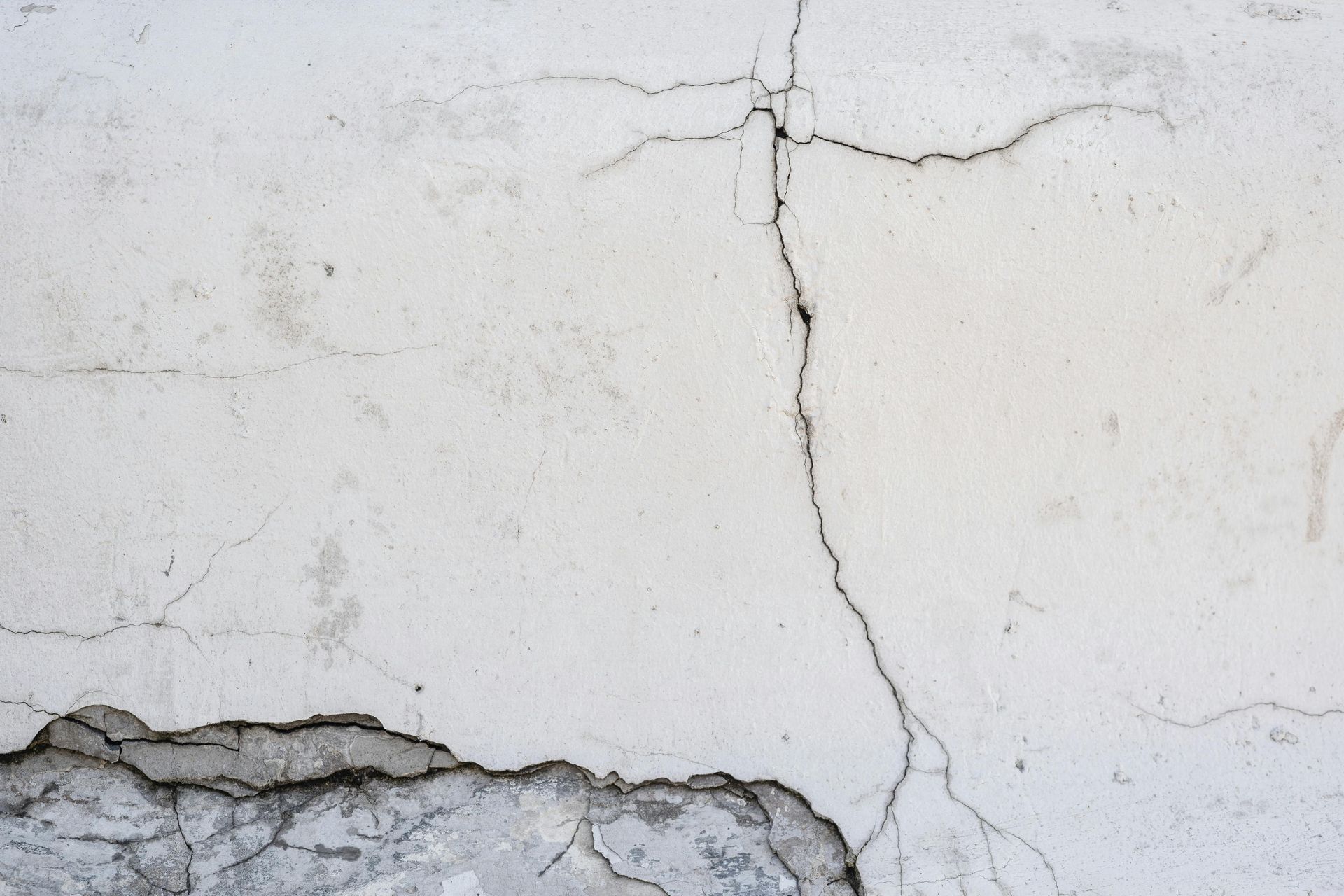Stucco has long been a staple in architectural design, known for its timeless appeal and impressive durability. Under normal conditions, it can last 50 to 85 years, making it resilient against the elements. However, this sturdy material isn’t completely immune to water during unpredictable events.
Let’s look into how to repair your stucco effectively after water damage.
What Are the Causes of Stucco Water Damage?
Before looking into the repair process for water-damaged stucco, it's essential to understand the underlying causes behind it. Identifying these issues helps prevent future damage.
Insufficient Sealing
Stucco is naturally porous, meaning it can absorb water if not properly sealed. Over time, exposure to the elements can degrade the sealant, leaving the stucco vulnerable to moisture intrusion.
Cracks and Holes
The openings in the cracks and holes allow water to seep into the stucco, which can cause more extensive problems over time. Cracks may develop due to settling, temperature fluctuations, or physical damage.
Poor Drainage
Inefficient drainage around your home can worsen water damage. When rainwater does not drain away from the stucco surface effectively, it can pool and saturate the material, increasing the risk of damage.
How to Identify Water Damage in Stucco
Spotting water damage in stucco early can save you from costly repairs later. Here are some common signs to watch for:
● Stains and Discoloration: Look for dark spots or stains on your stucco walls. These often signal water infiltration and can lead to mold growth.
● Cracks and Peeling: Water seepage can widen cracks and peel stucco, usually due to freeze-thaw cycles.
● Efflorescence: Efflorescence appears as a white, chalky residue on the stucco. It results from soluble salts that appear when moisture interacts with the stucco.
● Mold and Mildew: Mold and mildew are serious concerns with water-damaged stucco. They weaken the material and can pose health risks.
● Bubbling or Blistering: These indicate that the water has gotten underneath the material.
Steps to Fix Water-Damaged Stucco
If your stucco has been exposed to water damage for a long time, cleaning, drying, and proper remediation are essential before making repairs.
Here are some simple steps to help you get started:
1. Assess the Damage
If your stucco has extensive water damage or you notice mold and structural issues, it’s best to call a professional. Attempting to patch over severe damage won’t solve the underlying problems.
2. Remove the Damaged Stucco
For minor damage, start by removing the affected section of stucco. This process is similar to cutting out damaged drywall or rotted wood. Clear out all the damaged material to prepare for a solid repair.
3. Patch with Matching Stucco Mix
Once the damaged area is cleared, mix up a stucco batch matching your existing exterior. Carefully apply the patch to fill the gap, ensuring a smooth and even surface.
4. Apply Multiple Coats
To ensure durability, apply three coats of stucco, allowing each layer to dry before adding the next. This layering helps the new stucco blend seamlessly with the rest of your wall.
The truth is, there is no simple, quick fix for water-damaged stucco. Removing, drying, and remediating a water-damaged stucco surface takes time and effort. We at McClure Plaster & Paint, Inc. offer the highest quality stucco replacement services and ensure the job is done correctly and on time. Contact us today for a free estimate.



